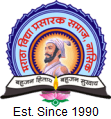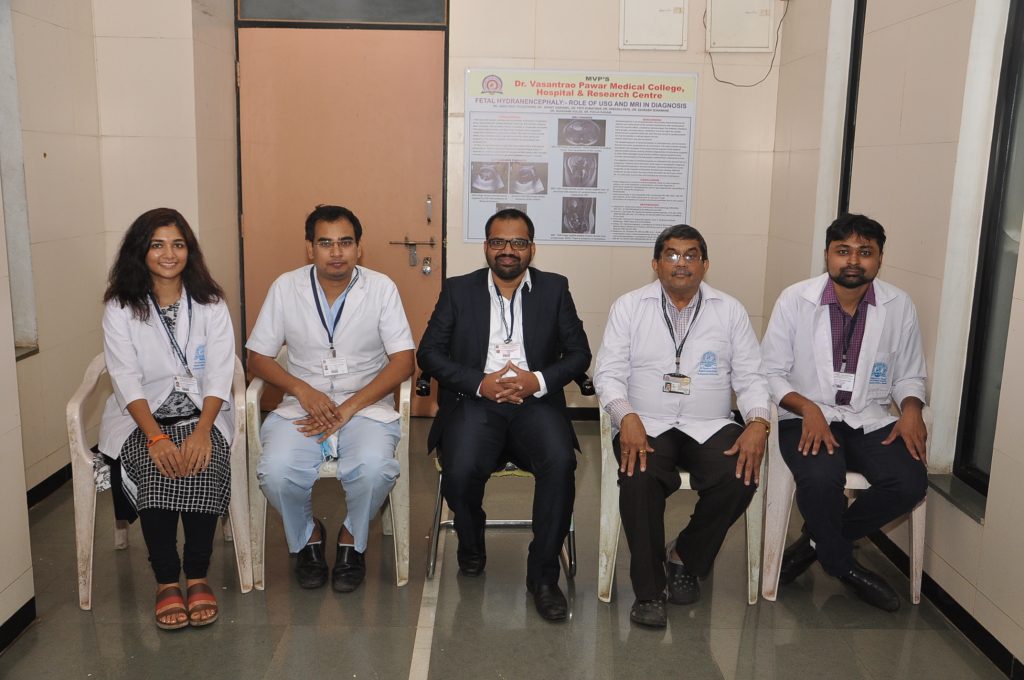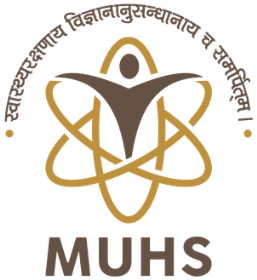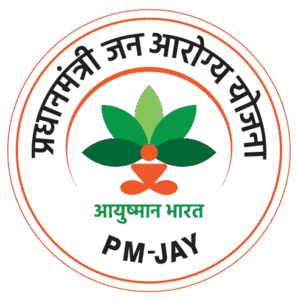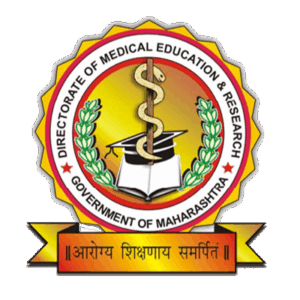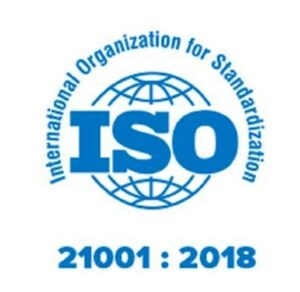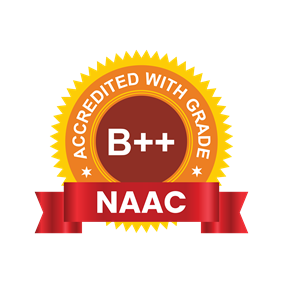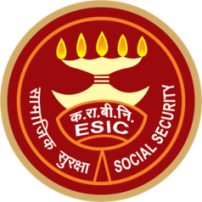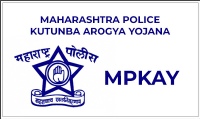UG Course
Goal
The broad goal of the teaching of undergraduate students in Medicine is to have the knowledge, skills and behavioral attributes to function effectively as the first contact physician.
Objectives:
Knowledge:
At the end of the course, the student shall be able to:
(1) Diagnose common clinical disorders with special reference to infectious diseases, nutritional disorders, tropical and environmental diseases;
(2) Outline various modes of management including drug therapeutics especially dosage, side effects, toxicity, interactions, indications and contra-indications;
(3) Propose diagnostic and investigative procedures and ability to interpret them;
(4) Provide first level management of acute emergencies promptly and efficiently and decide the timing and level of referral, if required;
(5) Recognize geriatric disorders and their management.
Skills:
At the end of the course, the student shall be able to:
(1) Develop clinical skills (history taking, clinical examination and other instruments of examination to diagnose various common medical disorders and emergencies;
(2) Refer a patient to secondary and/or tertiary level of health care after having instituted primary care;
(3) Perform simple routine investigations like hemogram, stool, urine, sputum and biological fluid examinations;
(4) Assist the common bedside investigative procedures like pleural tap, lumber puncture, bone marrow aspiration/ biopsy and liver biopsy.
A course of systematic instruction in the principles and practice of medicine, including medical disease of infancy;
- Lecture – demonstrations, seminars and conferences in clinical medicine during the 3 years shall run concurrently with other clinical subjects.;
- Instructions in comprehensive medical care;
- Instructions in applied anatomy and physiology and pathology throughout the period of clinical studies;
- Instructions in dietetics, nutrition and principles of nursing Medical and in simple ward procedure e.g. should be imparted during clinical concurrently
Attitude:
- The teaching and training in clinical medicine must aim at developing the attitude in students to apply the knowledge & skills he/she acquires for benefit and welfare of the patients.
- It is necessary to develop in students a sense of responsibility towards holistic patient care & prognostic outcomes.
- Students should develop behavioral skills and humanitarian approach while communicating with patients, as individuals, relatives, society at large & the co- professionals.
PG Course
Goal
The Goal of this program is to impart training in conventional and modern radiology and imaging techniques so that the post graduate student becomes well versed and competent to practice, teach and conduct research in the discipline of radiology. The student should also acquire basic knowledge in the various sub-specialities of radiology. These Guidelines also would also help to standardize Radiodiagnosis teaching at post graduate diploma (DMRD) level throughout the country so that it will benefit in achieving competent radiologist with appropriate expertise.
The purpose of this document is to provide teachers and learners illustrative guidelines to achieve defined outcomes through learning and assessment. This document was prepared by various subject-content specialists. The Reconciliation Board of the Academic Committee has attempted to render uniformity without compromise to purpose and content of the document. Compromise in purity of syntax has been made in order to preserve the purpose and content. This has necessitated retention of “domains of learning” under the heading “competencies”.
Objectives::
The objective of the program is to train a student to become a skilled and competent radiologist to conduct and interpret various diagnostic/interventional imaging studies (both conventional and advanced imaging), to organize and conduct research and teaching activities and be well versed with medical ethics and legal aspects of imaging/ intervention.

